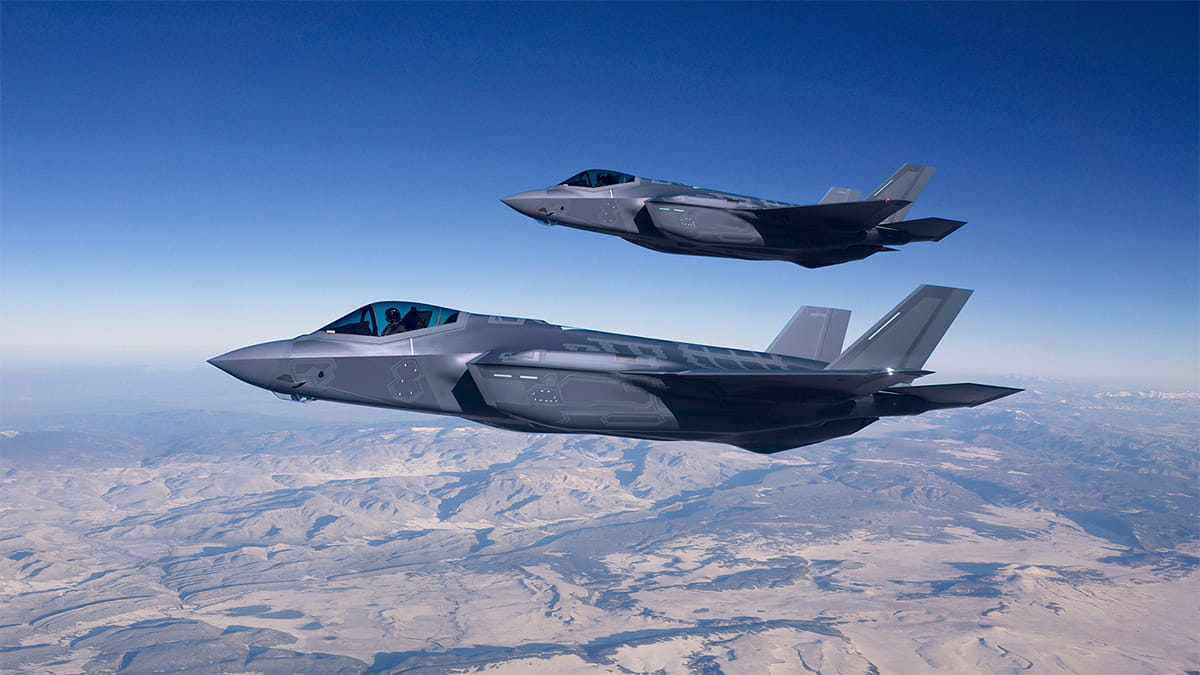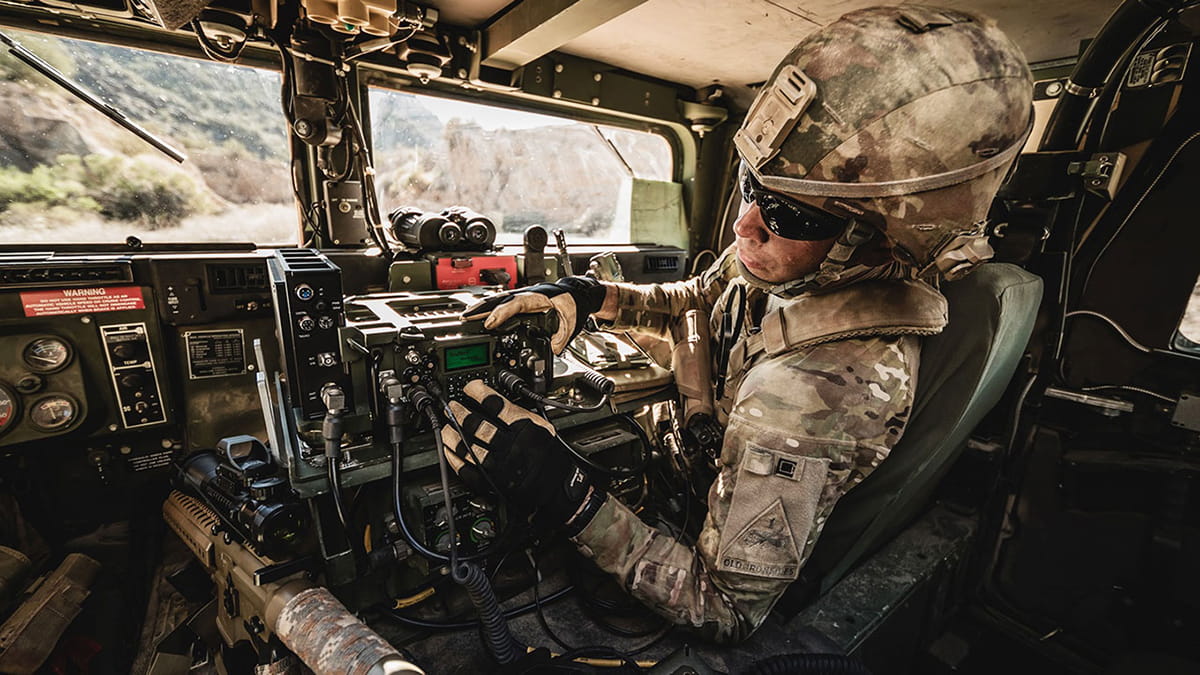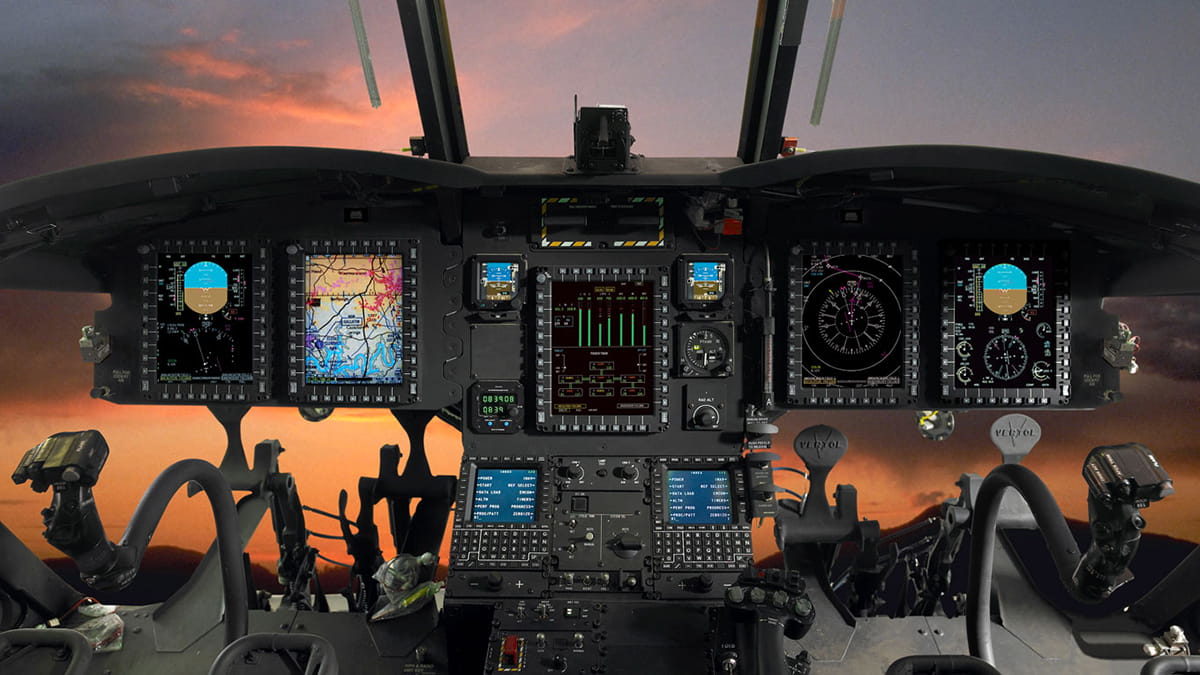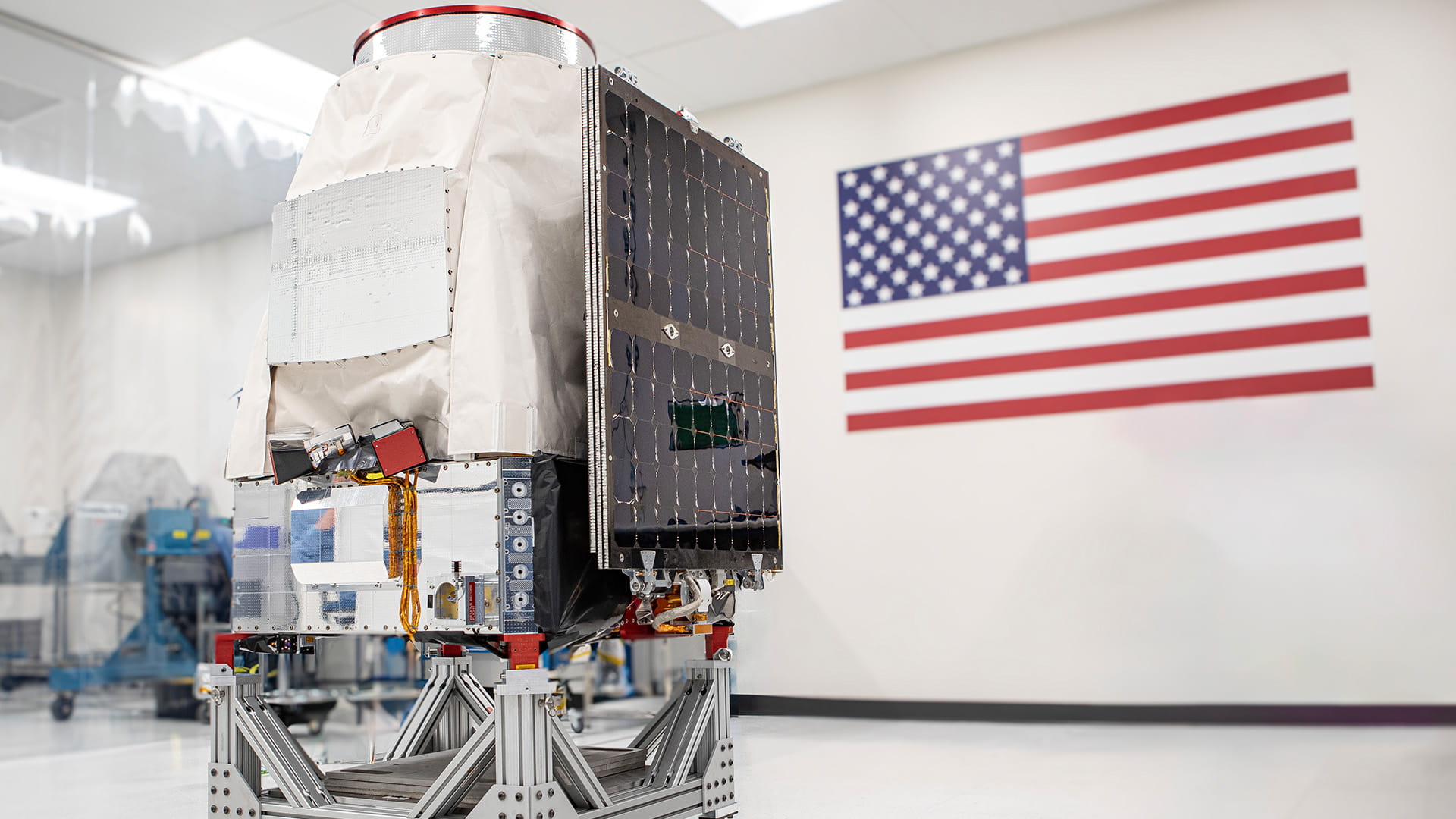Helping the Republic of Korea show its readiness for OPCON transfer
It’s been a discussion in the defense community for decades: when to transfer wartime Operational Control Authority, or OPCON, of South Korean troops from the United States to the Republic of Korea, or ROK.
Justifying that transfer would require the Republic of Korea to show it is ready and able to deter threats through a modernized military and interoperability with allies. Raytheon Technologies, with its broad portfolio of aerospace and defense technology, is poised to help the ROK demonstrate that readiness.
“In terms of delivering on interoperability, ROK’s defense decision-makers often look to U.S. manufacturers for these capabilities,” said Tony Chun, senior business development manager for mission systems with Collins Aerospace, a Raytheon Technologies business. “With the technology and products readily available, we work together with the Korean military community to help shape the requirements of interoperable solutions that will deliver on the mission at hand.”
A growing presence in the ROK

The Joint Precision Approach and Landing System enables an advanced GPS navigation and precision approach landing system to help guide aircraft safely onto carriers and amphibious vehicles – no matter the weather.
Raytheon Technologies has more than 100 employees local to the Republic of Korea and continues to invest in its presence there, particularly in defense. Collins Aerospace has successfully supported many of the Korean indigenous aircraft programs including the T-50 Golden Eagle, the Korean Utility Helicopter (KUH-1), and the KF-21 fighter jet through the integration of mission-critical equipment and systems. Additionally, Pratt & Whitney powers many of the aircraft in the Republic of Korea Air Force’s fighter fleet, including the F-15, F-16, and F-35.
“We will continue to serve the requirements of our aerospace and defense customers in the Republic of Korea and remain committed to growing our presence in the market,” Chun said.
Raytheon Intelligence & Space, another Raytheon Technologies business, has about 70 employees in the ROK. Nearly half the 25 major programs in the business’ five-year plan are tied to the Indo-Pacific region.
Combining strengths to modernize the armed forces

The Master Control and Reporting Center, or MCRC, provides command and control over all aircraft in the ROK, both civilian and military. It supports defense modernization through updated intelligence, surveillance and reconnaissance approaches by operating as the “eyes in the sky,” capturing relevant information for any pilot in the ROK airspace.
Raytheon Technologies’ businesses collaborate on a range of products and technologies that support the OPCON transfer. They include sensors in-theater; command, control and communications systems and other technologies that connect multiple domains and support operations in space.
“Our customer needs are almost as diverse as the solutions we provide,” remarked Dan Darnell, vice president of global solutions and growth at Raytheon Intelligence & Space.
To support and promote collaboration across the Raytheon Technologies businesses, representatives from each meet regularly to coordinate strategies and key pursuits that address any opportunities or challenges customers face: namely, the wartime OPCON transfer.
A broad range of technologies

The Collins Aerospace Common Avionics Architecture System integrates multiple communications, navigation and mission subsystems through its flexible flight open systems architecture design.
Raytheon Technologies supports the ongoing modernization of ROK’s military capabilities in areas including:
- Airborne reconnaissance systems – Raytheon Intelligence & Space’s Intelligence Surveillance Target Acquisition and Reconnaissance, or ISTAR, solution operates as an information hub for both friendly and hostile ground activities and is designed to support operations during both peace and wartime. It provides critical information to air and ground crews through the use of AI, integrated onboard sensors and advanced processing systems.
Collins Aerospace is offering the MS-110 multispectral airborne reconnaissance system for the Republic of Korea Air Force’s F-16s and other fast jets, as well as the Joint Moving Target Surveillance and Command Aircraft program. The system provides jet fighters with long-range, wide-area day-and-night reconnaissance. Collins’ Tactical Synthetic Aperture Radar, or TACSAR, provides commanders with a vital fast jet all-weather ISR capability. It is built in partnership with Leonardo. - Avionics – The Collins Aerospace Common Avionics Architecture System, or CAAS, integrates multiple communications, navigation, and mission subsystems through the application of an open systems architecture design. This allows for older fleets like those operated by the Republic of Korea to remain relevant and increase their survivability.
- Command, control and communications – The Master Control and Reporting Center, or MCRC, provides command and control over all aircraft in the ROK, both civilian and military. It supports defense modernization through updated intelligence, surveillance and reconnaissance approaches by operating as the “eyes in the sky,” capturing relevant information for any pilot in the ROK airspace. This is particularly critical to see through the yellow dust that covers Korea and degrades visibility during certain times of the year.
- Propulsion – Pratt & Whitney’s F135, which powers the Republic of Korea Air Force’s F-35 fleet, features a host of fifth-generation engine attributes, including more than 40,000 pounds of thrust; substantially increased thermal management capacity enabling the full spectrum of F-35 weapons and sensor capabilities; a precise and responsive integrated engine control system allowing the pilot to focus squarely on the mission; and an unmatched low observable signature enabling the F-35 to conduct operations in modern Anti-Access/Area Denial, or A2AD, environments. Pratt & Whitney also powers Republic of Korea Air Force F-15 and F-16 fighters with its F100 engine. The F100 delivers industry-leading mission availability rates, a best-in-class safety record and advanced engine technologies.
- Search and rescue – Collins Aerospace Goodrich® rescue hoists are field-proven and unmatched in reliability and safety. The hoists are Human External Cargo (HEC)-certified and built to withstand the harshest of weather and most extreme situations.
- Sensing – The Raytheon Intelligence & Space Joint Precision Approach and Landing System, or JPALS, enables a high-integrity differential GPS navigation and precision approach landing system to help guide aircraft onto carriers and amphibious vehicles in all weather and surface conditions. This system uses an anti-jam encrypted datalink to communicate between the aircraft and a wide array of GPS sensors, antennas and shipboard equipment.
- Tactical communications and networking – Collins Aerospace’s TruNet Networked Communications Solution Family is the first software-defined network communications solution – including ground and airborne radios, advanced networking waveforms, apps, ancillaries and services – to ensure secure connectivity between ground and airborne elements. Transitioning from the current waveform in-use (HAVEQUICK) to the more modern SATURN enables more secure and reliable communications when Republic of Korea forces are operating with joint or coalition forces, no matter their mission, location or platform.
- Targeting – Raytheon Intelligence & Space’s Multi-Spectral Targeting System combines electro-optical/infrared, laser designation and laser illumination capabilities, providing detailed intelligence data to support more informed targeting.


